Description of children's fabrics and their selection

When buying clothes for your baby or textiles for your baby's crib, it is very important to choose the right fabric. In our article, we will tell you in detail about children's fabrics and the requirements that apply to them.
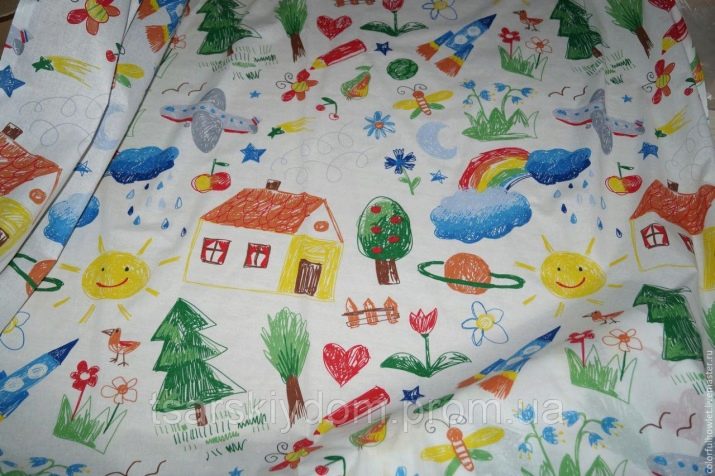
Types of material for clothing
There are several fabrics that have become widespread in sewing clothes for babies.
Mahra
It is a dense fabric with a pile in the form of loops. Can be single or double-sided. The fabric is very soft, allows air to pass freely, thereby maintaining comfort for the skin of the baby. Makhra is durable, it does not stretch or shrink during wear and after washing. In addition, it is undemanding to care for - you can wash it at the minimum speed of the automatic machine, and there is no need to iron it at all.


Tip: It is best to use this fabric for sewing clothes for middle-aged and older children. Contact with sensitive skin of babies may cause irritation.
Chintz
Soft, comfortable, 100% natural fabric, clothes from it are sewn even for newborns. However, this fabric also has its disadvantages - namely, the tendency to fade and low resistance to wear. In addition, it shrinks noticeably during washing. These factors must be taken into account when buying things made of chintz.
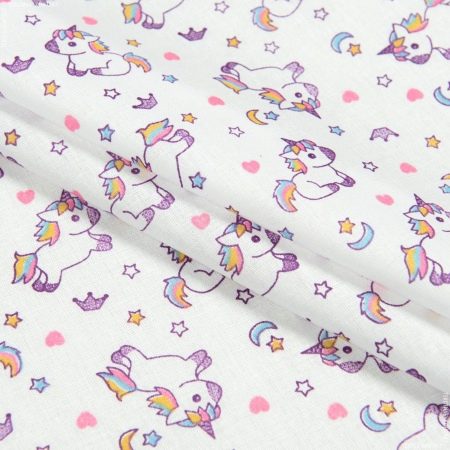
Flannel
Flannel is a cotton fabric with one-sided fleece. The bike has similar characteristics. The difference lies in the fact that the latter has a double-sided fleece. Undershirts, romper suits and pajamas for babies are often sewn from these fabrics. Such products are soft, warm, and besides, they can withstand a large number of washing and ironing cycles.
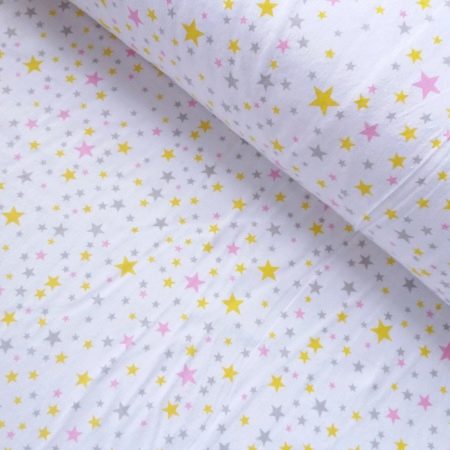
Fleece
This fabric belongs to synthetic fibers.However, despite its polymer origin, this fabric is breathable. The fabric is hypoallergenic, lightweight and resistant to wear. The fabric quickly absorbs sweat and immediately removes it outside, while after getting wet it does not lose its heat-shielding characteristics.
Fleece is used to sew hats, sweatshirts, gaiters for children, as well as lining for jackets. This fabric is the number one choice when shopping for demi-season outerwear.


Jersey
Cotton jersey is very popular in the manufacture of children's clothes. It stretches well, is famous for its comfort to wear, is hypoallergenic and environmentally friendly. These canvases are presented in three solutions.
-
Kulirka - thin jersey, stretches well in width, while not stretching at all in length. It is used in the manufacture of underwear, as well as sliders and undershirts.

- Interlock Is a denser fabric. It is used for making pajamas, sports sets, underwear, T-shirts, sweatshirts and dresses for children.

- Footer - the fabric is made of 100% cotton with an admixture of woolen fibers. It is distinguished by a double-sided structure: the outside of the fabric is smooth, from the inside is terry. Footer has the ability to keep warm, it is used for sewing clothes for the autumn-winter period.

Velsoft
This fabric is better known as microfiber, it is synthetic in nature. It is distinguished by its softness, its silkiness gives the matter a similarity to velvet. Velsoft products for children look very beautiful and create comfort for the child.
The material is safe, does not cause allergies, does not accumulate dust and static electricity.

It is distinguished by breathability, hygroscopicity, lightness and good thermoregulation. Velsoft makes wonderful pajamas, bathrobes, socks and mittens.
Polyester
The polymer web is obtained from oil and gas processing products. This fabric is highly resistant to wear and tear. It exhibits water-repellent properties and reliably protects the baby from adverse weather conditions. Polyester is resistant to mold, bacteria and other pathogenic microflora. Down jackets and jackets are sewn from such fabric.

The only drawback of the material is the ability to electrify. Therefore, cloths of decent quality must be subjected to a special antistatic treatment. Products from unscrupulous manufacturers can irritate the skin, provoke a runny nose, watery eyes and coughing.

The best fabrics for bedding
It is very important to approach the choice of fabric for bed linen with all responsibility, since good sleep is the key to the health of the baby.
Linen
It is a 100% natural and environmentally friendly material with mild antiseptic properties. This fabric absorbs water well and maintains a comfortable thermal balance for the child. Nevertheless, linen items are not in great demand for cribs, since the cost of such items is high. In addition, linen wrinkles greatly during operation, so such fabric has to be smoothed for a long time.

Bamboo
Relatively young material, which has already won a whole army of fans. This fabric is made from bamboo cellulose through chemical transformations. Bamboo sheets and duvet covers absorb and wick away moisture well, and also eliminate all unpleasant odors. The antimicrobial and antibacterial characteristics of bamboo fabric have been proven, so bedding made from it contributes to the overall health of the body.

However, it should be borne in mind that some entrepreneurs, in order to reduce the cost of products, produce bedding for children from mixed canvases, adding synthetic to natural bamboo fibers.
Such materials do not wrinkle, do not shrink and have increased strength. But they are not able to fully absorb moisture, do not allow air to pass through, while accumulating static electricity. For young children, such canvases are not safe. It is visually difficult to distinguish them from completely natural ones, therefore, when buying, you need to demand a quality certificate from the seller.

Calico
This fabric meets all the criteria for baby bedding. It allows air to pass through, absorbs and removes moisture well, does not create a greenhouse effect. However, among all the materials of the children's group, coarse calico is the thinnest, respectively, it fails before the rest.

Ranfors
Many people confuse this fabric with calico. In fact, in many of their characteristics, the canvases are similar, but they are distinguished by their density. For coarse calico this figure corresponds to 30 threads / cm2, for ranforce this figure is 2 times higher. Accordingly, this canvas is much more practical. The surface of the material is smooth and soft, the fabric absorbs moisture well, does not electrify, and is resistant to abrasion.


Satin
A very beautiful fabric with a shimmering silky texture reminiscent of satin. The special weaving of the threads gives the bed linen abrasion resistance and exceptional durability. For comparison: coarse calico linen is designed for 180-200 wash cycles, satin can withstand up to 300. Other advantages of satin include high hygroscopicity and lack of shrinkage. The only drawback is the increased cost, although it pays off with the durability and practicality of the baby kit.

Nuances of choice
Before choosing clothes or bedding for a child, you need to have a clear idea of what characteristics these products should have. Let us dwell in more detail on the main requirements for children's fabrics.
- Security. The most important requirement is that materials for children should not release toxic substances and cause itching, swelling and rash on the skin.
- Hygroscopicity. In a dream, children often sweat, besides, the youngest sometimes have "baby troubles". Baby bedding should absorb moisture so that the baby does not experience the slightest discomfort.
- Air permeability. Baby's skin needs to breathe, so things should have a higher level of aeration.
- Heat transfer. The ideal solution would be fabrics that keep warm in cold weather and refresh in summer.
- No static electricity. The fabric from which baby clothes are made should not sparkle.
- Color fastness. There are a lot of brightly printed items in stores these days. However, you need to make sure that all these beautiful drawings on the very first night will not stain the skin of the crumbs.
- Strength, wear resistance. Toddler bedding and clothes are washed more often than adult sets.
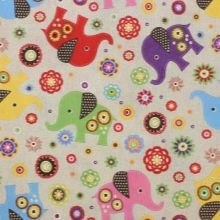

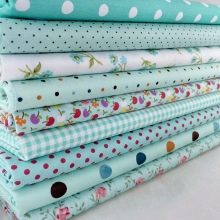
Therefore, it is advisable to purchase a set of fabrics that will withstand the maximum number of wash cycles.








